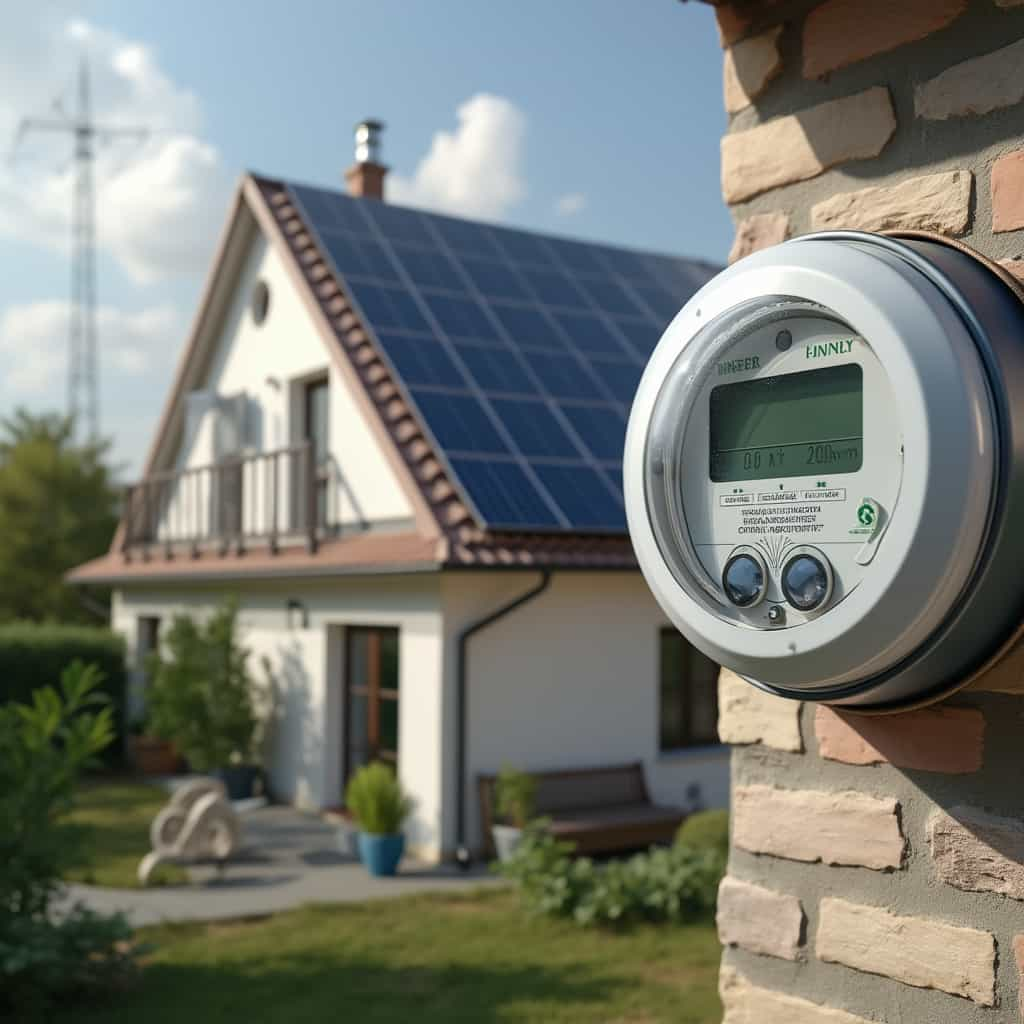The choice of an electricity and gas contract for domestic use is one that many consumers approach with trepidation. The multitude of offers and the complexity of tariff structures can often obscure genuine value. To aid consumers, it is essential to cut through the jargon and provide a clear, comparative analysis of current offers on the market.
Firstly, understanding the composition of your energy bill is crucial. Most residential energy contracts are made up of three core components: fixed charges, consumption charges, and sometimes a renewable energy levy. Fixed charges are consistent monthly costs associated with maintaining the connection to your property, while consumption charges depend on your actual energy use.
Fixed charges can vary significantly across different regions. For instance, urban areas such as New York City or London may have higher fixed charges due to the infrastructure maintenance costs, while rural areas might see a variance due to less competition among providers. A historical example can be noted from the early 20th century when electricity grid development was spearheaded by a handful of utility monopolies, often resulting in noncompetitive pricing.
The choice between fixed-rate and variable-rate plans is another critical consideration. Fixed-rate plans ensure that your rate does not fluctuate with the market, offering stability and predictability. In contrast, variable-rate plans tie your rate to market prices, which can be advantageous during low demand periods but risky during market spikes.
Let’s consider several popular options currently available. Plan A offers a fixed-rate of $0.12 per kWh and a $10 monthly service charge, providing consistency for those looking for a reliable budget structure. Plan B, conversely, offers a variable rate starting at $0.10 per kWh with potential increases depending on market conditions, without a fixed monthly fee. This plan appeals to those willing to gamble on favorably low market prices.
On the gas front, the dynamics shift slightly. Compared to electricity, natural gas prices often show greater fluctuation influenced by seasonal demand—warmer winters result in decreased prices, while harsh winters can drive them up. Plan C exemplifies a winter-proof fixed rate of $0.15 per therm, attractive for those in colder climates wishing to avoid seasonal cost surges.
Additionally, the introduction of green energy tariffs presents another layer of decision-making. Such tariffs may carry a premium cost but offer the advantage of supporting renewable energy only. A Stanford University study noted a marked consumer shift towards sustainable energy solutions, albeit at a higher initial financial outlay.
Comparatively analyzing these plans requires considering one’s personal usage patterns. Historical data from several consumer reports indicate that the average U.S. household consumes approximately 877 kWh monthly. Adjusting this baseline for your unique lifestyle is critical for estimating potential expenses under different plans.
For instance, a household in Brisbane, with its sunny climate and high air-conditioning use, might find value in solar-inclusive tariffs or plans with summer-peak incentives. Conversely, a household in Toronto, prone to cold, intense winters, will need to consider plans offering steady gas prices.
Expert opinion suggests periodic reassessment of your energy provider can bring savings. As energy markets deregulate and become more competitive, new entrants frequently offer attractive introductory rates. Ensuring these rates precede any potential hidden costs is critical, as promotional periods often expire and regular rates apply, sometimes drastically altering a household’s expenditure.
Moreover, transitioning to smarter energy consumption technologies can further influence plan choice. The rise of smart meters and home management apps allows consumers to analyze their use in real-time and adapt to plans that encourage energy-saving behaviors.
In summary, the decision-making process for selecting an electricity and gas supplier should unite personal energy needs with market offerings, structured around a discerning understanding of fixed versus variable rates, the cost incidence related to geographic location, and the sustainability aspirations. While this may seem daunting, adequate preparation and assessment can lead to significant savings and satisfaction.
You may also like
Best Business Electricity and Gas Contract: An In-Depth Analysis
Navigating the world of business electricity and gas contracts can be daunting. This article explores options, compares proposals, and highlights key factors businesses should consider, including fixed costs and geographical implications, to secure the most advantageous energy contracts.
Wireless Internet Subscriptions: Potential pitfalls and pricing plans from various providers
As the demand for seamless internet connectivity continues to rise, consumers are faced with a plethora of wireless internet subscription options. This article delves into the intricate world of wireless internet, discussing the advantages, potential pitfalls, and pricing plans from various providers. From urban to rural areas, we analyze the geographic discrepancies in fixed costs and highlight the most competitive offers available.
The World of Fiber Internet: Understanding the options, costs, and benefits
As fiber internet becomes increasingly essential for both personal and professional connectivity, understanding the options, costs, and benefits available is pivotal for consumers. This article delves deep into the complexities of fiber internet subscriptions, providing a detailed comparison of providers, geographical pricing disparities, and expert insights.
Landline Phone Subscriptions: Comparative analysis to help consumers find the best deals
In an era dominated by mobile communication, landline phone subscriptions retain their relevance for many, particularly in rural areas and for specific business needs. This article delves into the offerings, costs, and benefits of various landline phone services, providing a comparative analysis to help consumers find the best deals.
Private Mobile Phone Subscriptions: Proposals, Costs and Advantages
This article delves into the complexities of choosing a private mobile phone subscription, highlighting costs, options, and advantages. It provides a comparative analysis of various proposals, focusing on the most cost-effective plans globally and the intricate dynamics between contract and prepaid options.
